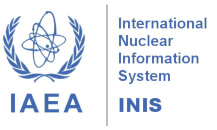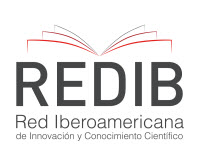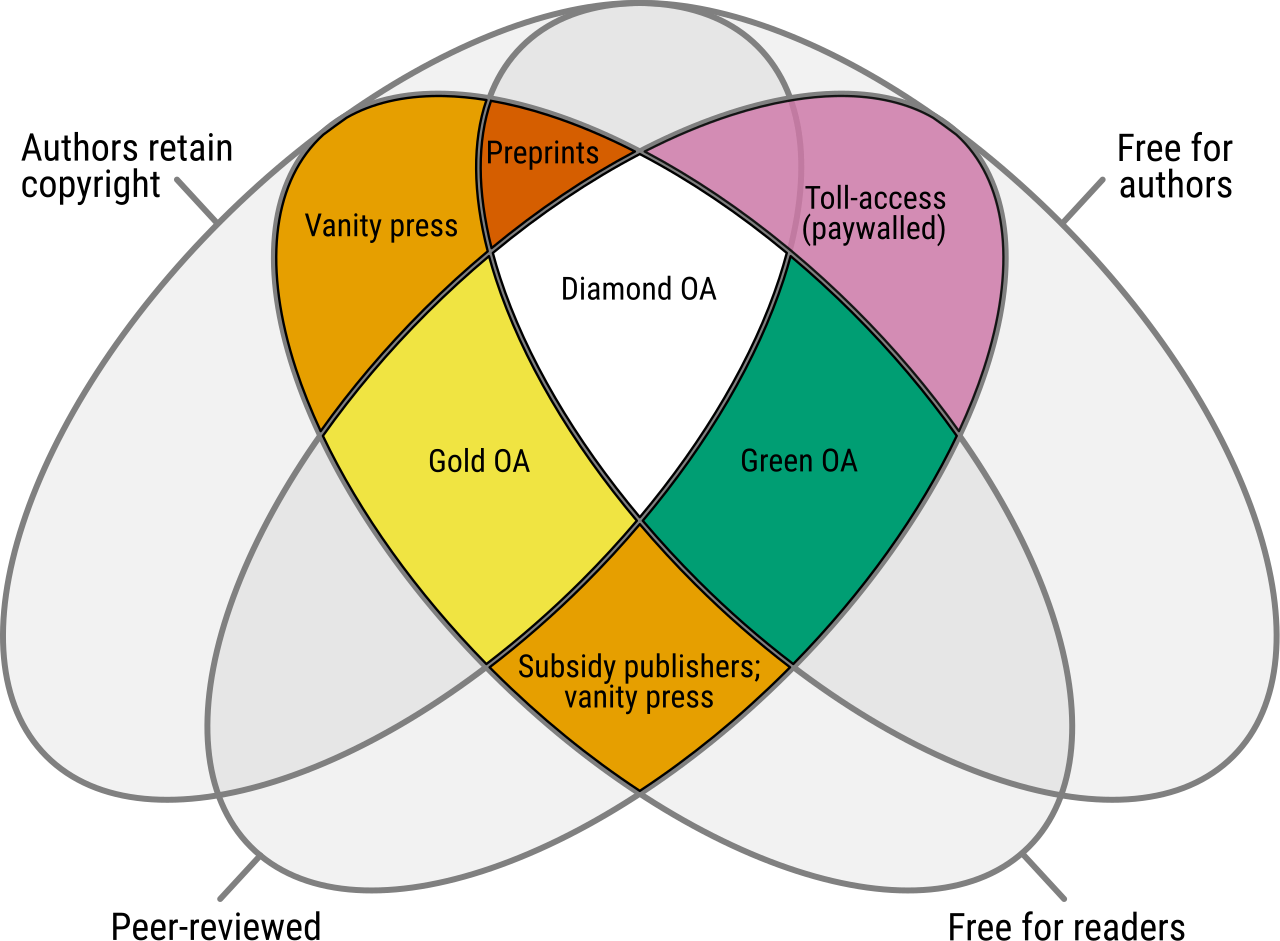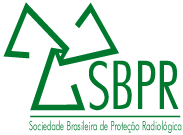Enviar un artículo
Commitments
Navegar
Brazilian Journal of Radiation Sciences - ISSN 2319-0612
Revista científica mantenida por la ![]() Sociedad Brasileña de Protección Radiológica (SBPR), sociedad científica afiliada a la Asociación Brasileña de Editores Científicos (ABEC) y a la Sociedad Brasileña para el Progreso de la Ciencia (SBPC), organización dedicada a defender el avance científico y tecnológico, así como el desarrollo educativo y cultural en Brasil.
Sociedad Brasileña de Protección Radiológica (SBPR), sociedad científica afiliada a la Asociación Brasileña de Editores Científicos (ABEC) y a la Sociedad Brasileña para el Progreso de la Ciencia (SBPC), organización dedicada a defender el avance científico y tecnológico, así como el desarrollo educativo y cultural en Brasil.
SBPR es una asociación independiente sin fines de lucro, afiliada a la Asociación Internacional de Protección Radiológica (International Radiation Protection Association - IRPA), la voz mundial de los profesionales de la protección radiológica, y a la FRALC, la Federación de Radioprotección de América Latina y el Caribe.

Todo el contenido de la revista está licenciado bajo Creative Commons Attribution 4.0 International License.





















